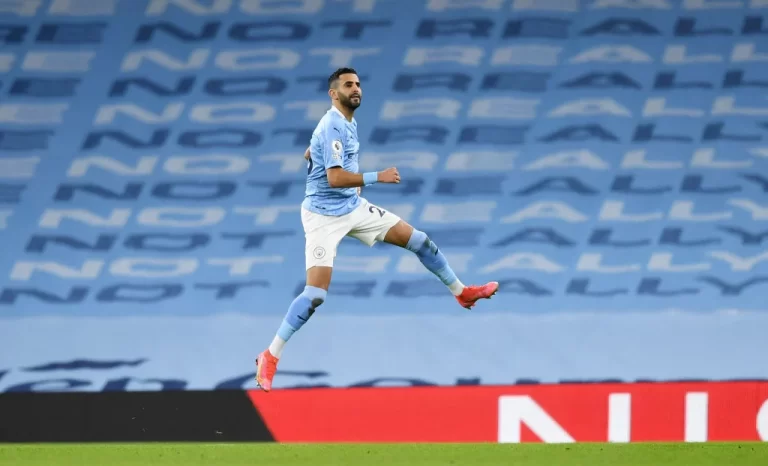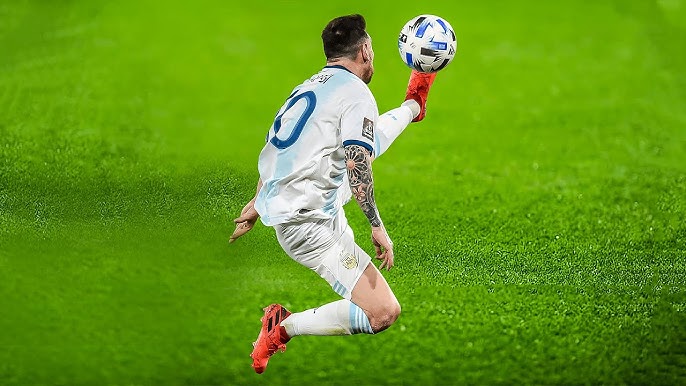Set pieces such as corners, free kicks, and throw-ins provide key scoring opportunities in soccer. With space and time to craft clever routines, they can unlock the tightest defenses. As such, set pieces account for over a third of all goals scored. This means defending them effectively is vital for any team’s success. In particular, the defenders bear the huge responsibility of protecting their goal and denying the opposition from set pieces. In this article, we’ll discuss the critical defensive role in corners, free kicks, and throw-ins.
Defending Corners
Corners present a major goal threat with packs of players crowding into the box awaiting delivery. Defenders must approach defending corners with organization and coordination.
- Establishing zonal marking versus man-marking responsibilities is key. The tallest players usually mark zonally at the near and far posts and the most dominant aerial players mark opposition targets.
- The priority is clearing or heading away any crosses into dangerous areas before they reach an attacking player. Having the confidence to come off the line and claim crosses is also important.
- Organizing the rest of the defense begins with the defender assuming the leadership role. This involves directing players to mark zones or pick up specific men based on threats. Defenders also coordinate wall set-up for indirect corners.
Effective corner defense requires drilling the organized setups in training and good communication between defenders during games.
Defending Free Kicks
Free kicks close to goal are another prime set-piece threat. Defenders have a crucial role in setting up the wall and marking any opposition attackers looking to capitalize.
- The defensive wall set-up and position are vital. The gap between defenders should be minimal to block shots. The distance from the ball is set based on the free-kick taker’s shooting range. Having tall defenders in the wall helps cover the upper areas of the goal.
- Defenders mark any opposition players looking for knockdowns from blocked shots. This usually involves the tallest defenders staying central. Other defenders pick up free players making runs from deep or to the far post area.
- Concentration is key as clever teams use disguised set plays and decoy runs before delivering the final ball. Defenders must stick tight to their marks and not lose focus.
- If the free kick is passed short instead of struck at goal, defenders must react swiftly to pressure the ball and mark any players making darting runs.
Proper organization and coordination between defenders are crucial for denying goals from close-range free kicks.
Defending Throw-Ins
Throw-ins are often overlooked as a goal source. But when taken quickly or deep in the opposition half, they can lead to chances. Defenders need to be alert to the threat.
- When taken deep in the opposition half, long throw-ins aimed towards the box can be effective. Defenders must spot danger early and set up zonally to deal with these aerial balls.
- Short, fast throw-ins can catch defenses off guard. Defenders must block passing options and not allow receivers of short throws to turn and run at the backline.
- If the throw is taken to a player’s feet, the nearest defender should get tight and look to make a quick tackle or interception before he can cross.
- Defenders must also track any opposition players making runs to the near or far post area, trying to get on the end of flick-ons from the throw. Marks must be picked up diligently.
Though often overlooked, defenders must treat throw-ins with the same focus as corners and free kicks. Tight organization and concentration are still essential.
Defensive Tactics at Set Pieces
In addition to the specific roles outlined already, defenders must execute some key tactical approaches for defending set pieces effectively:
- Zonal marking and man-marking both have advantages situationally. Mixing both systems makes it harder for the opposition to find weaknesses. Defenders must execute the chosen system properly.
- The offside trap is an advanced tactic defenders can use to catch opposition players off guard and render attacks inactive from set pieces. Timing and coordination must be perfect.
- Defenders may deliberately leave certain spaces open, inviting the opposition to attack these areas. This draws them into a trap for a waiting defender to intercept.
- Maintaining defensive team shape, compactness and organization is vital rather than having players break ranks and go it alone. Defenders keep their discipline and stick to the collective plan.
- Concentration must be relentless over the entire delivery and ensuing play of any set piece. The slightest lapse opens up goalscoring opportunities.
Any weaknesses or disorganization in the defense will be ruthlessly exposed at set pieces. Defenders must take their tactical preparation and execution seriously.
Defenders’ Threat from Set Pieces
While defense is their primary duty, top defenders also pose a significant goal threat from corners and free kicks around the box.
- Tall, aerially dominant defenders often stay forward waiting for set-piece deliveries. Their height and heading prowess make them an obvious target.
- Making late runs from deep starting positions can help defenders lose their markers and get on the end of crosses undetected. Timing and late bursts of pace make these runs effective.
- Using sly blocking and grappling techniques illegally often allows defenders to lose markers and buy space, especially in crowded penalty boxes.
- Strong headers of the ball can redirect set-piece deliveries powerfully on target. Defenders with good finishing ability can surprise with unexpected goals.
- Taking some set pieces themselves, defenders can produce wicked inswinging or out-swinging crosses for teammates to attack. Long throw-ins are another weapon.
Opposition disregards defenders’ goal threat from set pieces at their peril. Now let’s wrap up with the key conclusions.
Conclusion
Set pieces present valuable scoring chances and account for a significant portion of goals in soccer. As a result, defending corners, free kicks and throw-ins is an absolutely vital role for any team’s backline. Organization, coordination, and tactical preparation are crucial to deny opposition goals in these situations.
Related Posts: The Top 14 Key Attributes of Successful Soccer Defenders
Complete Guide to Proper Positioning for Youth Soccer Defenders
Author







